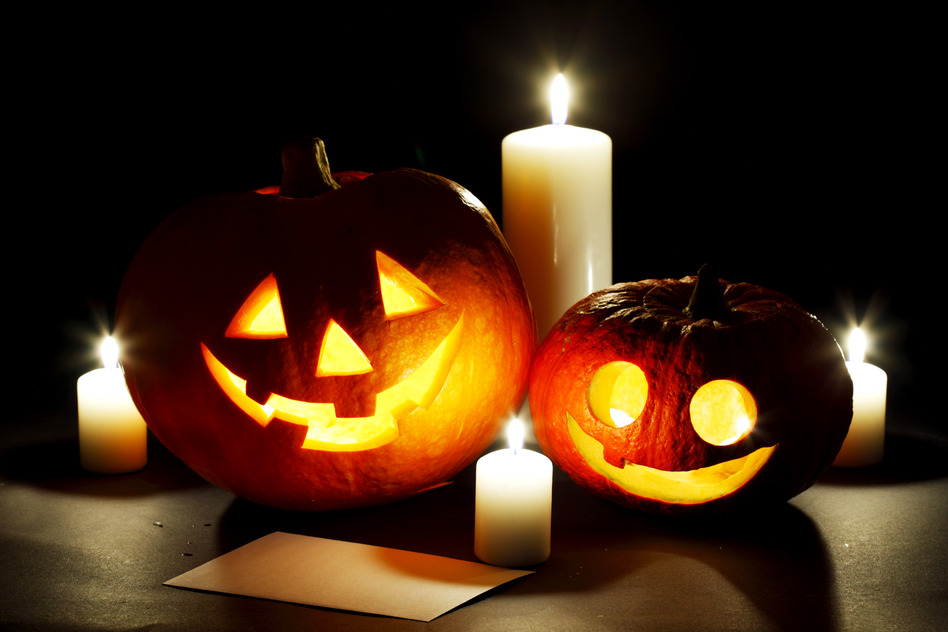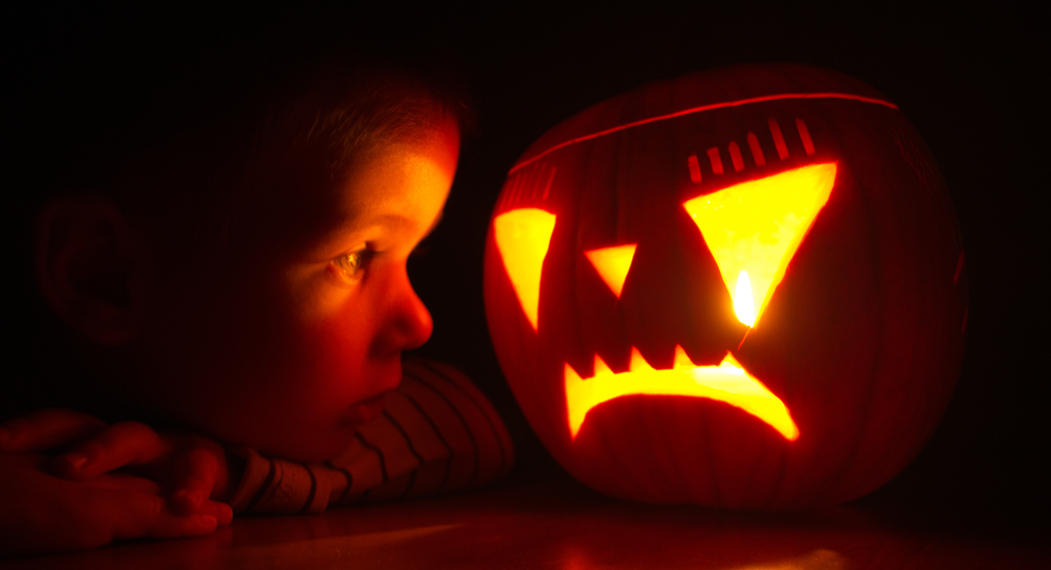Is your front entryway ready for Halloween visitors? Keep everything fun and accident-free with these seven safety tips.
Everyone loves a good scare on Halloween — as long as it’s just a trick.
To help you avoid any real-life scares — such as falls, fires, and traffic accidents — around your property this All Hallows Eve, play it safe while you’re setting up your Halloween lights and decorations.
Here are seven simple precautions recommended by John Pettibone, curator of Hammond Castle, a Gloucester, Mass., mansion that draws thousands to its renowned 20-room haunted house every Halloween season.
1. Light the Scene
Providing plenty of illumination ensures that your visitors can see where they’re walking, helping to avoid missteps and falls. Pettibone suggests using the highest wattage bulbs your outdoor lighting fixtures can safely take (check the label on the socket), and adding landscape lights every few feet along your front walk.
“We use the solar-powered kind because there’s no wiring needed,” he says. “Just push them into the ground, let them soak up the sun during the day, and they’ll light up the walk after dark.”
2. Secure the Footing
Clear your walk, steps, and stoop of any obstructions that could trip youngsters focused more on tricks and treats than watching where they’re going. That means moving potted mums and jack o’lanterns out of the way, and hammering down any nail heads protruding out of your steps.
If you have a concrete stoop, which can get slippery when wet, apply friction tape ($16 for a 60-foot roll of 1-inch-wide tape) to ensure stable footing, says Pettibone. He also stocks up on chemical ice melt ($20 for a 50-lb. bag) just in case of an early freeze.
3. Tighten the Railings
If your porch railings are wobbly or broken, family members and friends may know not to lean too heavily on them, but Halloween visitors won’t. So hire a contractor or handyman to fix the problem. It’ll make your home safer for guests all year round. Because more strangers come to your front door this night than the rest of the year combined, now is the time to take care of it.
4. Eliminate Fire Hazards
Don’t put real candles into your carved pumpkins or paper lanterns. “That’s a fire waiting to happen,” says Pettibone. Instead, pick up a bulk pack of LED-bulb faux candles, which emit a yellowish, flickering, battery-powered light that looks amazingly similar to the real thing — without the danger.
5. Secure your Property
To prevent burglaries and Halloween pranks — especially on mischief night the previous evening — make sure to keep all windows and doors (other than your main door) locked shut.
You might have an electrician add motion-sensor lights around your property, so anyone who walks down your driveway or around into the backyard will be discouraged from intruding any farther.
6. Set the Scene
In addition to spooky items like cotton cobwebs and half-buried skeletons, consider a few safety-related scene-setters. Pettibone suggests propping open the screen or storm door so it doesn’t get in the way when there’s a big group of kids congregated on your stoop. “We use yellow caution tape to tie open the door,” he says. “You can order it online and it works well with the Halloween theme.” A 1,000-ft. roll of 3-inch-wide caution tape is about $8.
You’ll also want a working doorbell, so if yours is broken, either hire an electrician or handyman to fix it — or install a wireless doorbell in its place.
7. Enhance Street Safety
Four times as many child pedestrians get killed on Halloween night than a normal night. So limit the danger as much as you can by clearing parked cars off the curb to allow better visibility and placing a reflective “watch for children sign” at the edge of the road. For for high-traffic roads in Halloween-intensive neighborhoods, consider posting an adult in the street with a hand-held traffic control light to help maintain safety.


